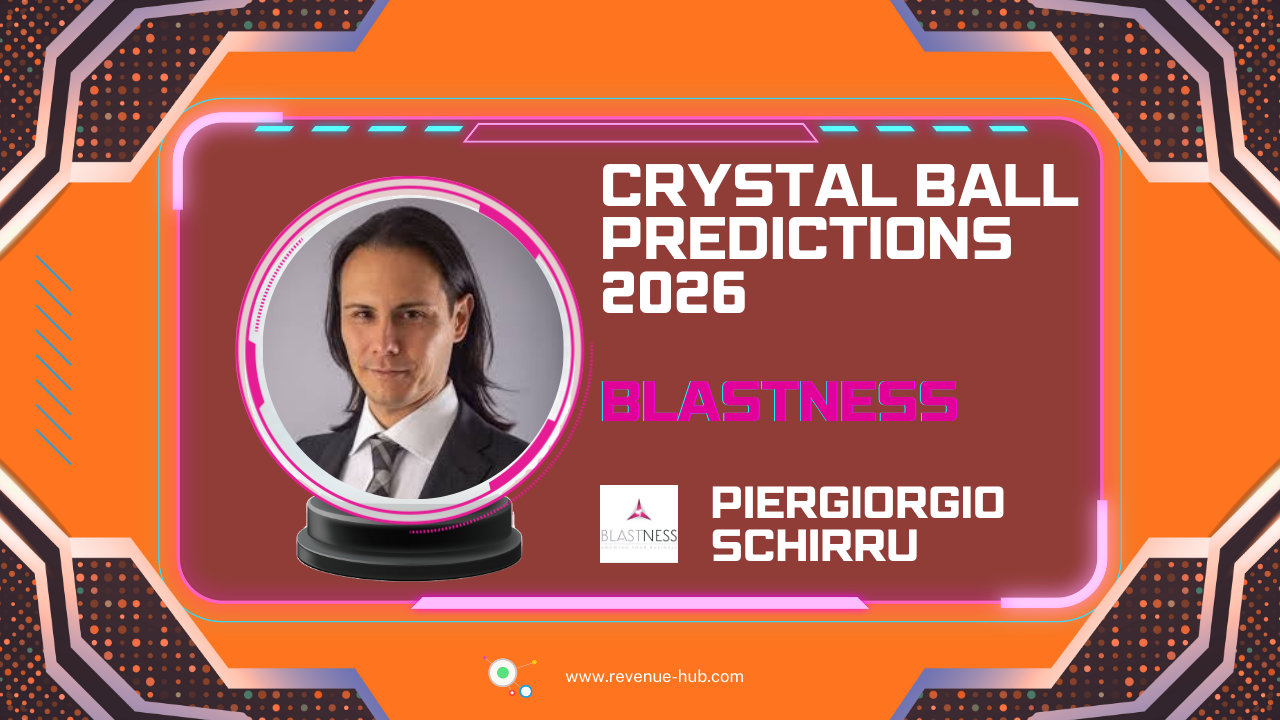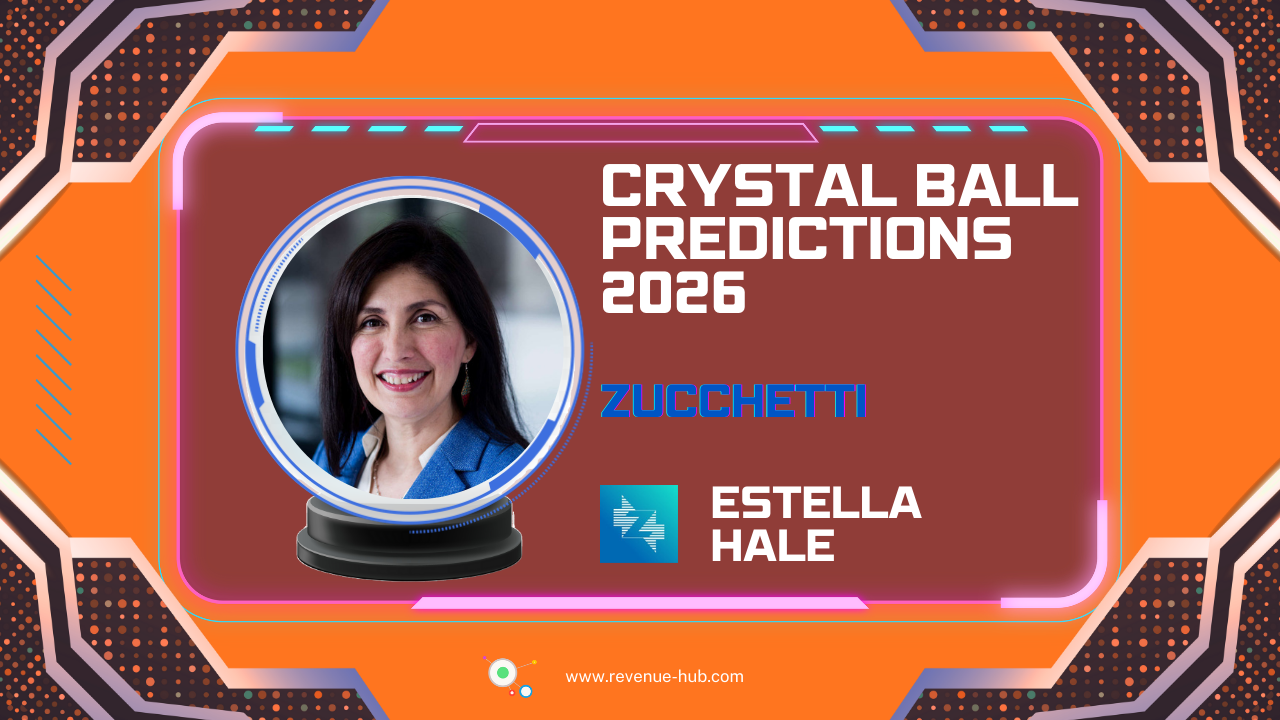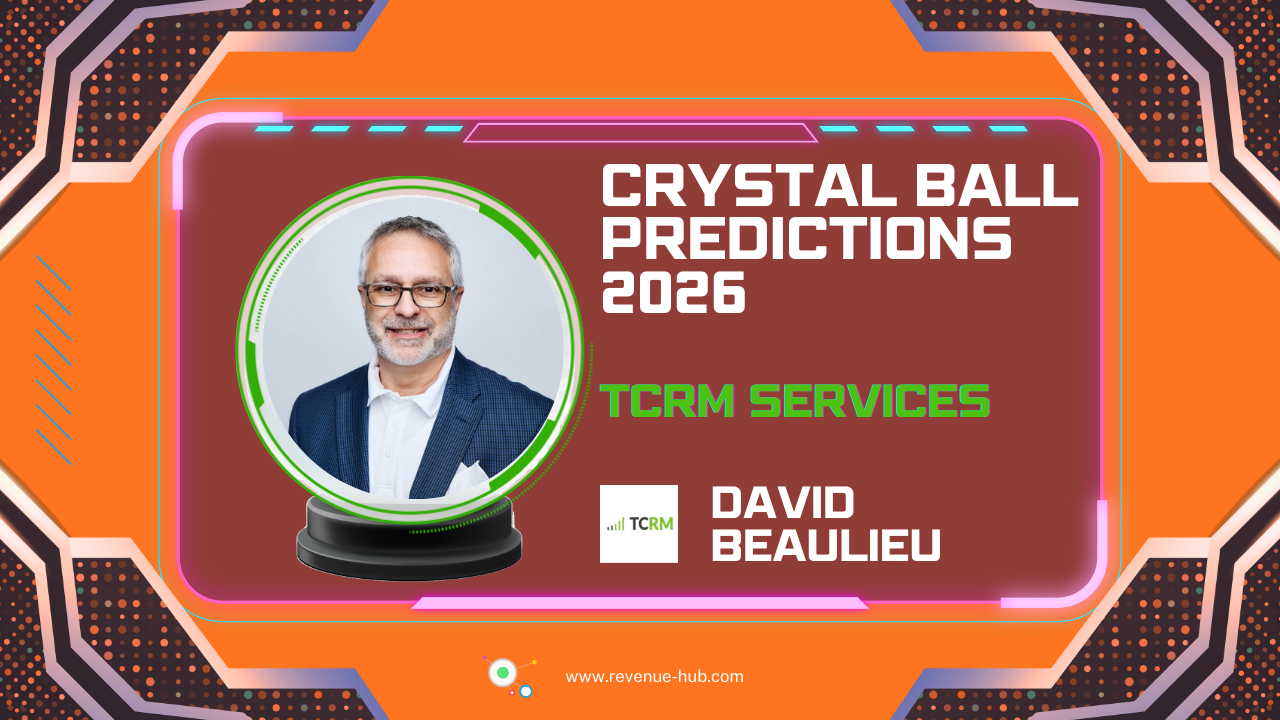
Have you ever found yourself buried in spreadsheets, trying to manually forecast your hotel’s revenue? I’ve been there, and I know how frustrating and limiting those traditional methods can be.
NB: This is an article from LodgIQ
Subscribe to our weekly newsletter and stay up to date
But imagine this: spending less time crunching numbers and more time crafting strategic decisions that truly move the needle for your hotel. In this article, we’ll go over how modern technology and integrated strategies can transform your revenue management, making your hotel competitive, agile, and ready for the future.
The Game Changer: Big Data, AI, and Machine Learning
Today, the hospitality industry is propelled by big data and AI technologies that have radically transformed revenue management. Rather than simply compiling historical booking data, modern AI-native systems interpret trends and can predict market movements. For instance, predictive models can analyze flight search trends and identify booking opportunities long before they occur, shifting your strategy from reactive to proactive.
Cloud computing has made these sophisticated analyses accessible and affordable, allowing even smaller hotels to harness real-time data and actionable insights. Imagine replacing hours spent by multiple team members on manual reports with a single strategic thinker, enabled by AI. This allows your hotel to predict customer behavior, refine pricing dynamically, and personalize offers—all crucial for gaining competitive advantage. Additionally, by freeing up your team’s time, you allow them to focus on higher-value activities, such as refining the strategy, and improving guest experiences.
Aligning Revenue, Marketing, and Sales: The Integrated Commercial Strategy
It has become quite obvious now that breaking down silos between revenue management, marketing and sales is no longer optional. Teams must regularly meet, share data, and align their strategies around unified KPIs, such as acquisition costs and booking pace.
For instance, hotels seeing low occupancy periods could jointly strategize with marketing to launch targeted campaigns well in advance, using pace data and market intelligence. Aligning your teams around clear objectives and collaborative processes will amplify results significantly.




